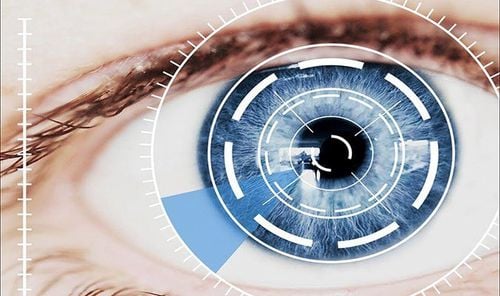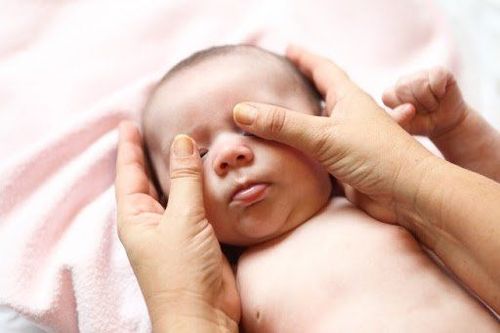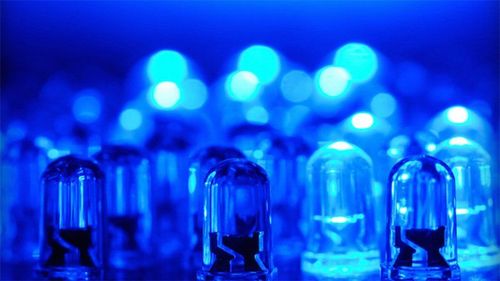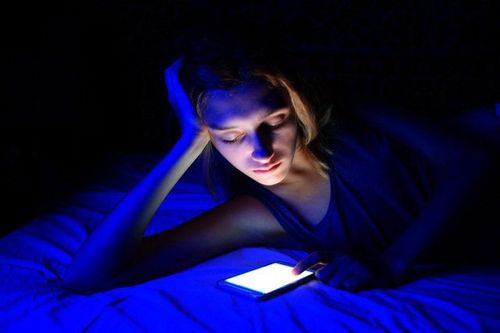This is an automatically translated article.
The article was professionally consulted by an eye doctor - Department of Examination & Internal Medicine - Vinmec Hai Phong International General HospitalLight has many different colors, and their effects on the eyes are not the same. So how does the color of light affect the eyes, and which color will be best for the eyes?
1. General overview of light
Light consists of two parts, visible light and invisible light. For visible light, the human eye can see light with wavelengths in the range 380 - 760 nm, below 380 nm is the ultraviolet spectrum, above 760 nm is in the infrared spectrum, and these two spectrums belong to the spectrum. the part of light that humans cannot see.Every day the human eye is exposed to many different colors of light. Each color has a different wavelength. The "color" that the human eye sees and describes is essentially a collection of many light waves with different wavelengths, and to some extent examples can be given such as blue as Light waves have short wavelengths, red is light waves with long wavelengths. Each color of light has a different effect on the human eye, which requires different care.
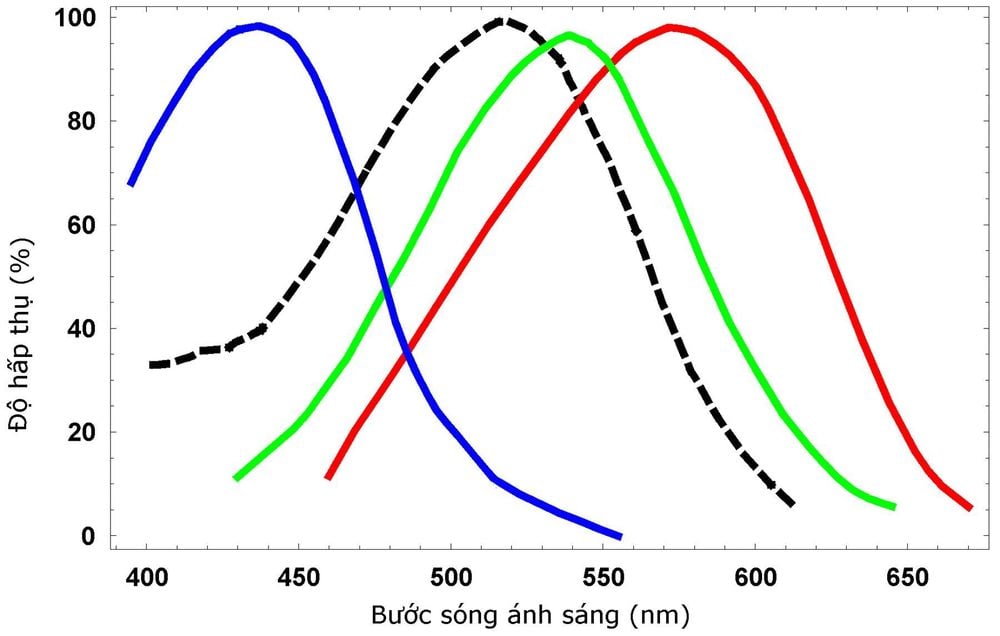
Ánh sáng nhìn thấy được và ánh sáng không nhìn thấy được
2. Special light colors
Blue light is a particularly beneficial part of the light beam, helping to initiate and regulate human circadian rhythms. Thanks to circadian rhythms, humans naturally know to wake up at dawn (blue light stimulates the body to start), and go to sleep when it is dark (no longer stimulated by blue light).Blue light therapy also helps in the treatment of seasonal affective disorder (SAD), a type of depression caused by a lack of natural daylight, and can be equally effective. with the use of an antidepressant.
However, natural blue light is the main and beneficial source of blue light for humans, and if overexposure to blue light emitted by screens of electronic devices as well as Artificial objects (such as screens of smartphones, tablets, laptops, LED lights, fluorescent bulbs, etc.) will harm eyes and sleep, because if it's daytime, Blue light helps to increase emotions and concentration, in the evening blue light will disrupt the circadian rhythm, the body does not recognize the time of waking - sleeping, leading to not secreting enough melatonin , affecting memory, emotions as well as regulating hormonal balance.
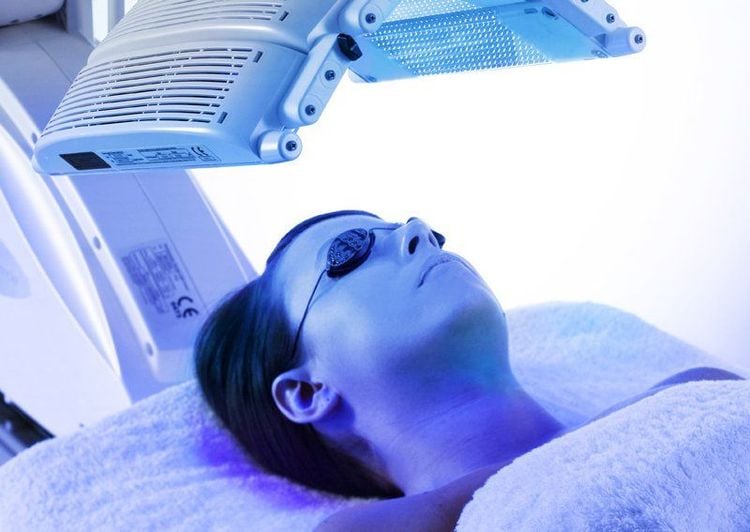
Liệu pháp ánh sáng xanh dương
Also, consider replacing white fluorescent and white LED bulbs with warm white, halogen or incandescent lights. It is still best to limit the use of phones, tablets, laptops, ... before bedtime.
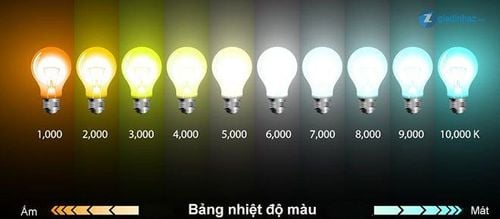
Bảng nhiệt độ màu ánh sáng
Please dial HOTLINE for more information or register for an appointment HERE. Download MyVinmec app to make appointments faster and to manage your bookings easily.
Articles refer to sources: aao.org and eastwesteye.com



